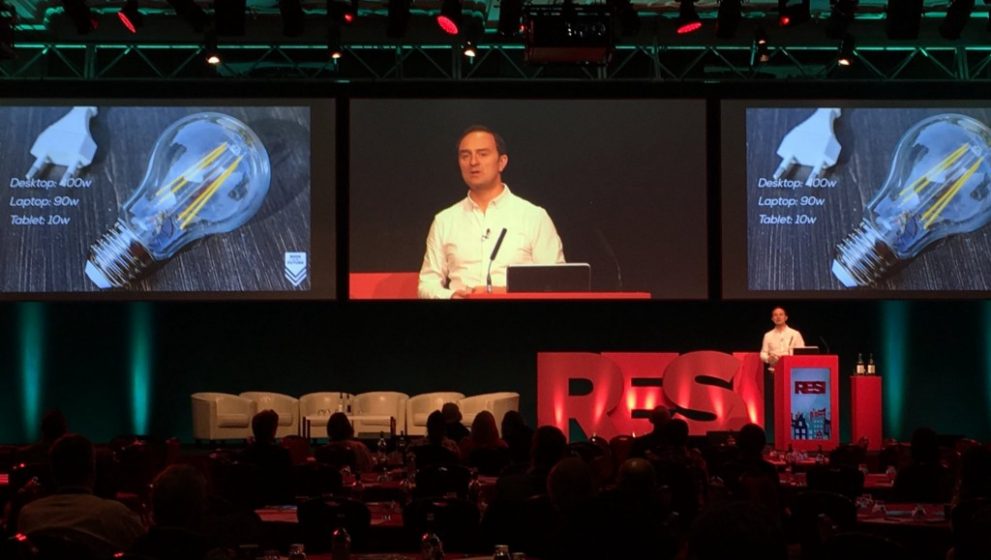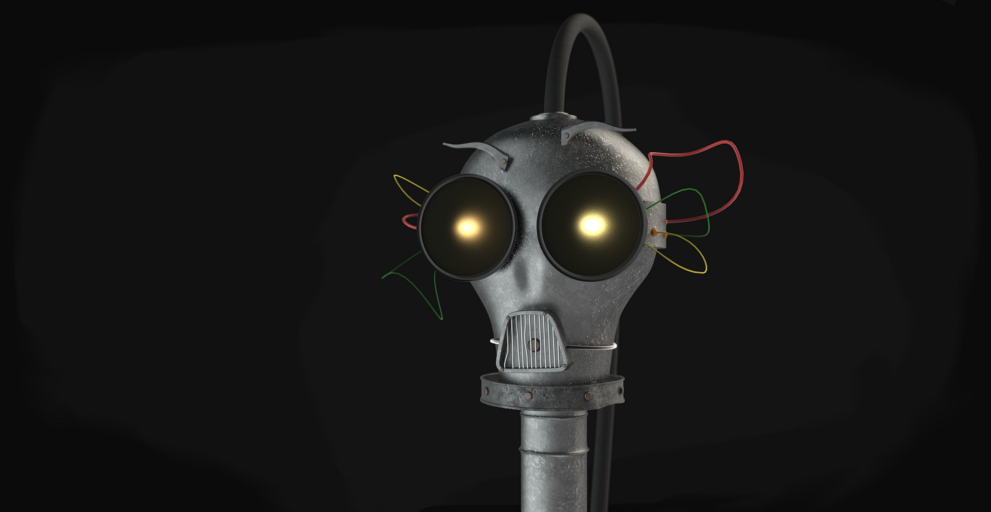Are we buying the coffee or the shop?

Whitbread is continuing to open more Costa Coffee shops predicated on the continuing growth in demand. That growth has slowed, but the company believes we are entering a ‘third wave’ of coffee consumption, where we are willing to spend more per cup. Yes, that means you, with your single-estate cold brew.
While consumption patterns are interesting, I’m much more interested in what the continuing expansion of the chain says about our need for third space, a living room beyond our home, or a work space beyond the office. To the naked eye the coffee market looks saturated. And yet more and more continue to appear. Why?
Third space
The reality is that we are living in increasingly densely-packed circumstances. This is nothing to do with immigration, which is both culturally positive and economically necessary. Rather, it’s about housing.
Multi-generational homes are now increasingly common. As we stay single later and house prices grow ever more un-affordable, we’re sharing houses with our peers, later and later in life. Or renting the smaller spaces that we can afford in cities, where have little room to relax or socialise. Sometimes, we need to escape.
Developers are building what someone described to me yesterday as ‘student accommodation for grown-ups’: giant blocks of small apartments with high-quality shared spaces to make up for the lack of space to entertain or relax inside the flat itself.
The new pub
The irony is that we had a huge network of shared spaces in this country. Places that were designed to be the ‘home away from home’ for those who couldn’t afford the space, or the heat, in their own home. Places where groups could meet and socialise. Places where at one point in time, a lot of business was done. They’re called pubs, and they’ve been closing at a rate of 27 per week.
Of course we also had a very strong coffee shop culture in the past. Perhaps this is just cyclical. But nonetheless I think this trend is interesting, particularly for the way it counters this idea of us disappearing into our digital devices.
Social spaces
If we really were becoming an antisocial nation of nerds, lost to our laptops, then these physical meeting spaces would have much less value. Yet sat in one of my favourites yesterday (Manchester’s Chapter One bookshop/coffee shop), less than a quarter of the tables were occupied by solo workers. Most people were there to meet, talk, work and socialise. This was pretty typical of the other shops I stuck my head into. Hardly a scientific survey but enough to validate my suspicions: these are social spaces and they will continue to grow.
Human beings are collaborative by nature, fuelled by connection. We need spaces to make those connections, for business or pleasure. The pub fell out of favour for all sorts of reasons: homes well-equipped for entertainment, changing attitudes to alcohol, and a richer array of alternatives. But what’s clear from the continuing — almost baffling — growth of the coffee shop market, is that our need for connection has not gone away.










